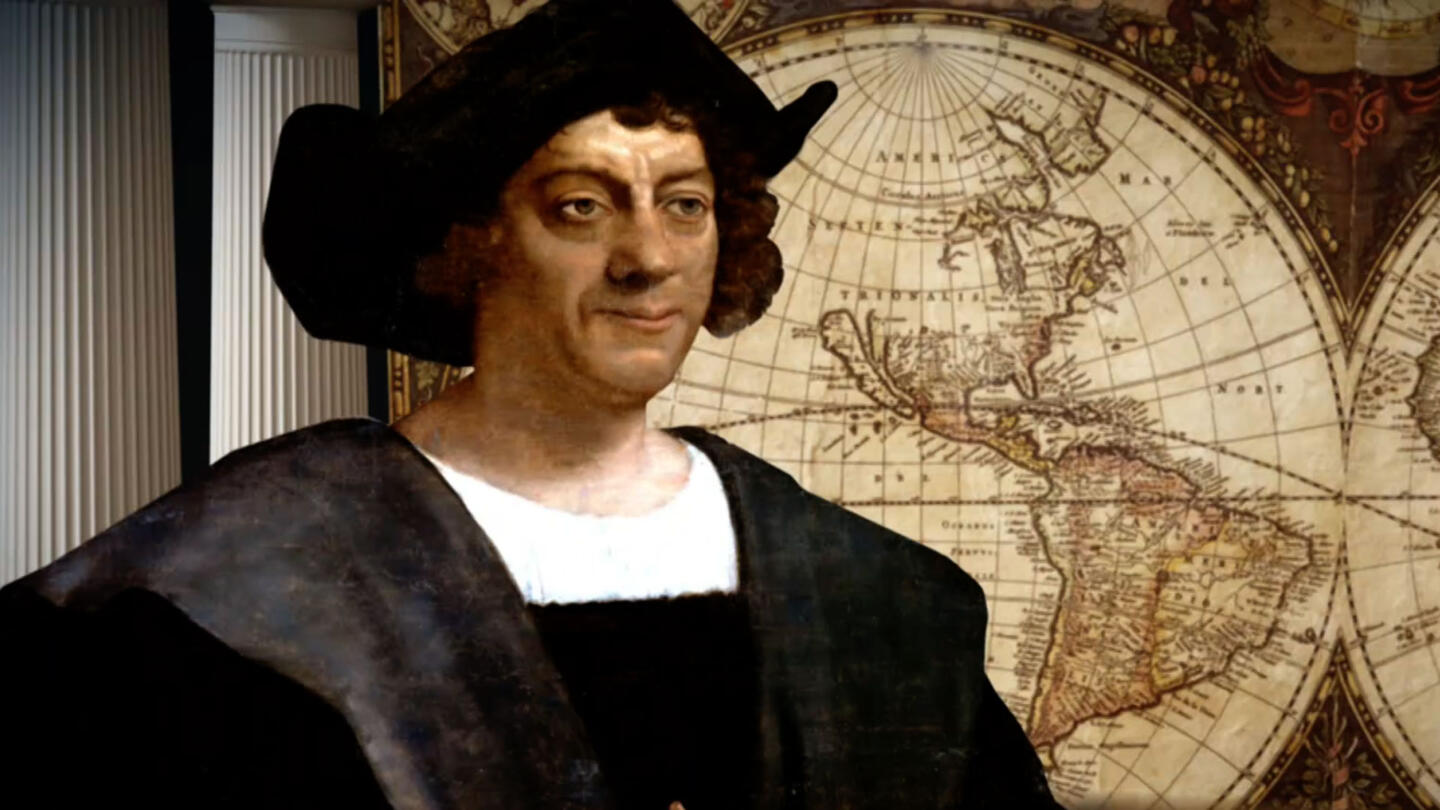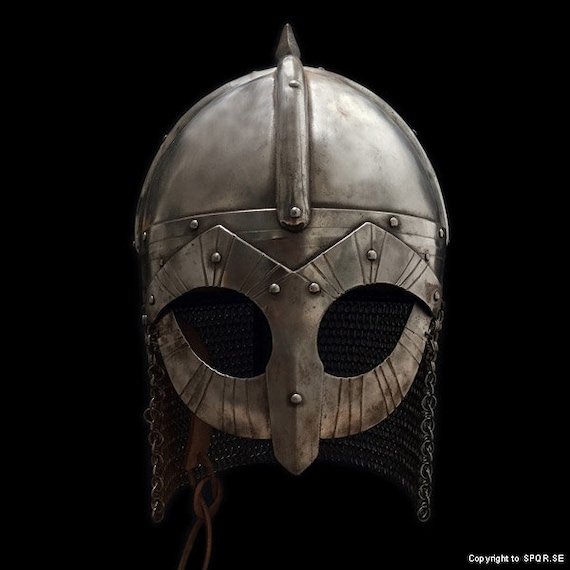We know surprisingly little about the past of humankind. In many cases, the lack of written records, or perhaps the annihilation of them, contribute to this. Oftentimes old kings would rewrite history so that they would grow in fame. However, even from what we do know of history, we have many misconceptions, because we were either taught wrong, or perhaps did not try to clear it up. Most of these myths are created by garbled facts, misconceptions, and often propaganda. In this article are a few 'facts' that are widely believed, but in fact false.
Columbus was the first European to discover America
We have all heard about Christopher Columbus, the 15th century Spanish explorer, and his voyage to America, which he thought was India. This much is true, but he is not, however, the first European to set foot there. That honour goes to an 11th century Viking mariner known as Leif Eriksen. Under the command of King Olaf of Norway, Eriksen was sent on a voyage to Greenland to convert the locals to Christianity, which was gaining momentum in Scandinavia at that time. However, a storm blew him off course and he ended up in a place he called Vinland, which is thought to be somewhere around modern-day Newfoundland in Canada. He was excited to note that there were farms with fields of crop, although presumably the person whose fields he tramped through was not as enthused. He left there soon, but returned a few years later, with the express purpose of finding Vinland. This time he spent the winter there, returning to Greenland in the spring with timber and grapes from there.
While this was the first recorded foray of Vikings to the new world, it is thought that many Viking seamen blown off course would have ended up in North America before this. In fact, Leif himself returned to Vinland because he heard the story of land west of Greenland from a merchant named Bjarni Herjolffson, whose ship had also been blown off course.
The gladiators of Rome fought to the death
The picture of gladiators we get from movies and books were that they were bloody free-for-alls where many people entered the ring, but only one man left. In fact, most fights did not culminate in death. Gladiators were, for the most part, slaves, sponsored by wealthy Roman traders and merchants, and trained in the ways of different weapons. The cost incurred by training them, feeding them and housing them was great, and it would not have been prudent to have them killed in one match. In fact, gladiators were more like WWE wrestlers of today, as they were immensely popular among the common citizens of the Roman Empire, for whom they held a romantic fascination. After their careers, they were allowed to retire, and many of them formed schools to train youths in the arts of war.
All this is not to say that there was no killing going on in the arenas. Slaves, criminals and traitors to the state were put into the rings against hardened fighters, or wild animals to be torn apart. However, these people were not gladiators.
India has never conquered a foreign country
We all must have heard this one from a hundred Republic Day speeches, where the chief guest drones on about how we should be proud because, while others may have attacked us, we were always respectful of the freedom of other countries. This 'fact' is wrong on so many levels.
For one thing, ancient India was the collection of all the lands beyond the Indus river. So it included present day Pakistan, Bangladesh, and parts of Myanmar. Already this goes beyond our present borders. However, Indian kings invaded lands beyond those borders too. An example is the Gupta kings, whose territories ranged into Afghanistan.
Perhaps the best exception to this is the Chola dynasty. The naval Tamil kingdom pushed it's territories to encompass the whole of Sri Lanka, and had great influence over trade in the Indian Ocean, once even destabilizing the friendly Srivijaya empire of Indonesia because they charged too high a tax on Tamil traders.
This is yet another misconception which is spread due to mass media. Whenever we think of Vikings, we think of large men with beards, battleaxes, and helmets with horns on top. This was actually an 18th century idea, popularized by composer Richard Wagner in his opera, the Ring of Nibelungen, where the berserker warriors wore horned helmets to make them seem more fearsome. In fact, Vikings looked nothing like those terrible warriors. Their helmets did not have horns because they would be a liability in battle, as an enemy could easily remove the helmet. Besides, most Vikings were not the savage warriors we think of. Outside battle, they were very careful of their appearance, wearing silk clothes, rings, armbands and necklaces, and also braided their hair and beards.
For one thing, ancient India was the collection of all the lands beyond the Indus river. So it included present day Pakistan, Bangladesh, and parts of Myanmar. Already this goes beyond our present borders. However, Indian kings invaded lands beyond those borders too. An example is the Gupta kings, whose territories ranged into Afghanistan.
Perhaps the best exception to this is the Chola dynasty. The naval Tamil kingdom pushed it's territories to encompass the whole of Sri Lanka, and had great influence over trade in the Indian Ocean, once even destabilizing the friendly Srivijaya empire of Indonesia because they charged too high a tax on Tamil traders.
Ninjas wore only black
Despite the popular image of cool people in black robes running on the roofs of Japan, actual ninjas never wore a costume. They were trained as spies and assassins, so they would more likely dress as someone suited to the situation such as a commoner, or a samurai guard. Dressing in a uniform would actually give their identity away. Even if they had to attack at night, they wore dark blue clothes as it would blend better. In at least one incident, ninjas dressed up in the same uniform of the guards of a nobleman who was to be assassinated in order to cause confusion. Incidentally, the stereotypical black ninja costume we know of was actually the costume of stage workers in Japanese plays who moved props around. The black helped them go unseen against the backdrop of the stage. So next time you watch a Hollywood ninja flick, keep in mind that the assassins are all wearing costumes of stagehands.
Vikings wore horned helmets
This is yet another misconception which is spread due to mass media. Whenever we think of Vikings, we think of large men with beards, battleaxes, and helmets with horns on top. This was actually an 18th century idea, popularized by composer Richard Wagner in his opera, the Ring of Nibelungen, where the berserker warriors wore horned helmets to make them seem more fearsome. In fact, Vikings looked nothing like those terrible warriors. Their helmets did not have horns because they would be a liability in battle, as an enemy could easily remove the helmet. Besides, most Vikings were not the savage warriors we think of. Outside battle, they were very careful of their appearance, wearing silk clothes, rings, armbands and necklaces, and also braided their hair and beards.











0 Comments